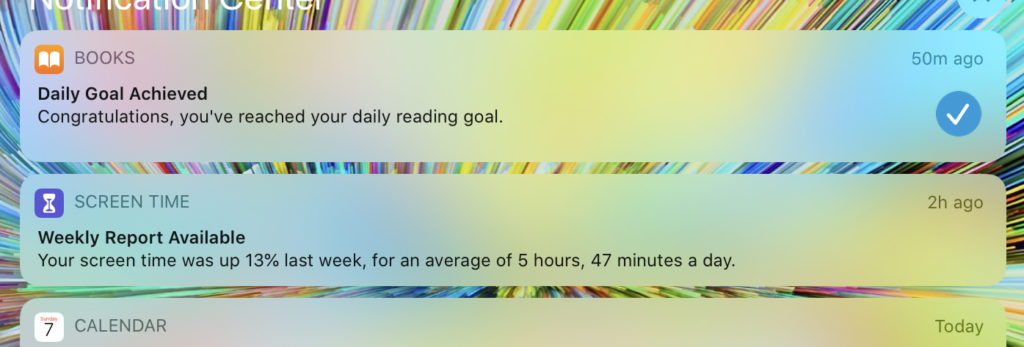A review of the Echo Look speaker from Amazonlaunched in 2017:
The good The $200 Amazon Echo Look lets you take voice-activated full-body selfies and short video clips that make it easy to catalog and keep track of your wardrobe. The hallmark feature, Style Check, provides input when you’re comparing two outfits, and the feedback is usually spot-on.
The bad The sound quality stinks. The app is missing features that would make it a more useful style adviser. It’s more expensive than other smart speakers in the Amazon family. And privacy concerns? I have a few.
Just three years later, the company has not just discontinued the device, but confirmed that existing devices will stop working as well.
Amazon is notifying at least some Look owners that they can get a free Echo Show 5 if they add the connected display to their cart and use the code ECHOLOOK20 by September 24th. It’s not clear if every customer is getting that offer, so don’t be surprised if it doesn’t work.
And that
Amazon is offering a free Amazon Photos account to store all of the users’ photos and videos through July 24, 2021. However, if they do not create an Amazon Photos account by July 24, 2021, the photos will no longer be accessible and deleted.
That’s it. If you spent USD 200 on a device, allowed it access to your wardrobe, not just passively but by actively taking photos, and relied on it to learn and give you suggestions, Amazon has left you with a piece of plastic and circuitry that will no longer work even though the device itself is undamaged.
For those of us who think that when we buy an Echo or such smart device, we are buying a device or appliance like a mixer or iron, it’s very different
Amazon thinks about devices as a means of providing services. If the device isn’t leading to more use of services or if the service can be delivered as effectively through another device that provides other benefits, then it follows that the original device can be eliminated or replaced
You’re spending an up-front non-refundable amount to let Amazon conduct an experiment on you and your data.
It’s not an isolated incident. This 2016 article from Wired magazine describes how the Google subsidiary Nest shut down a smart home hub product– a product thymat was explicitly designed to control other devices and services. A Revolv user made the central point on a blog post:
“When software and hardware are intertwined, does a warranty mean you stop supporting the hardware or does it mean that the manufacturer can intentionally disable it without consequence? Tony Fadell seems to believe the latter. Tony believes he has the right to reach into your home and pull the plug on your Nest products.”
In fact, Google last year shut down its entire Works With Nest program, designed explicitly to create an ecosystem of smart devices connected to the ecosystem of its subsidiary Nest. There would be no new integrations allowed and some – not all – integrations would have to be re-made with Google’s Assistant program.
Finally, Xiaomi’s Yeelight smart bulbs were reduced to becoming regular, expensive bulbs after a GDPR-related software update.
These are all services. Not devices. And you pay an up-front cost to the manufacturer. Whether they continue to offer the service or not is entirely up to them. And whether you can use or repurpose the device – which you have already paid for – after they decide to shut the service down – is also entirely up to them.
This is the unequal relationship we agree to take part in. Let us make sure that decision is conscious and educated.


